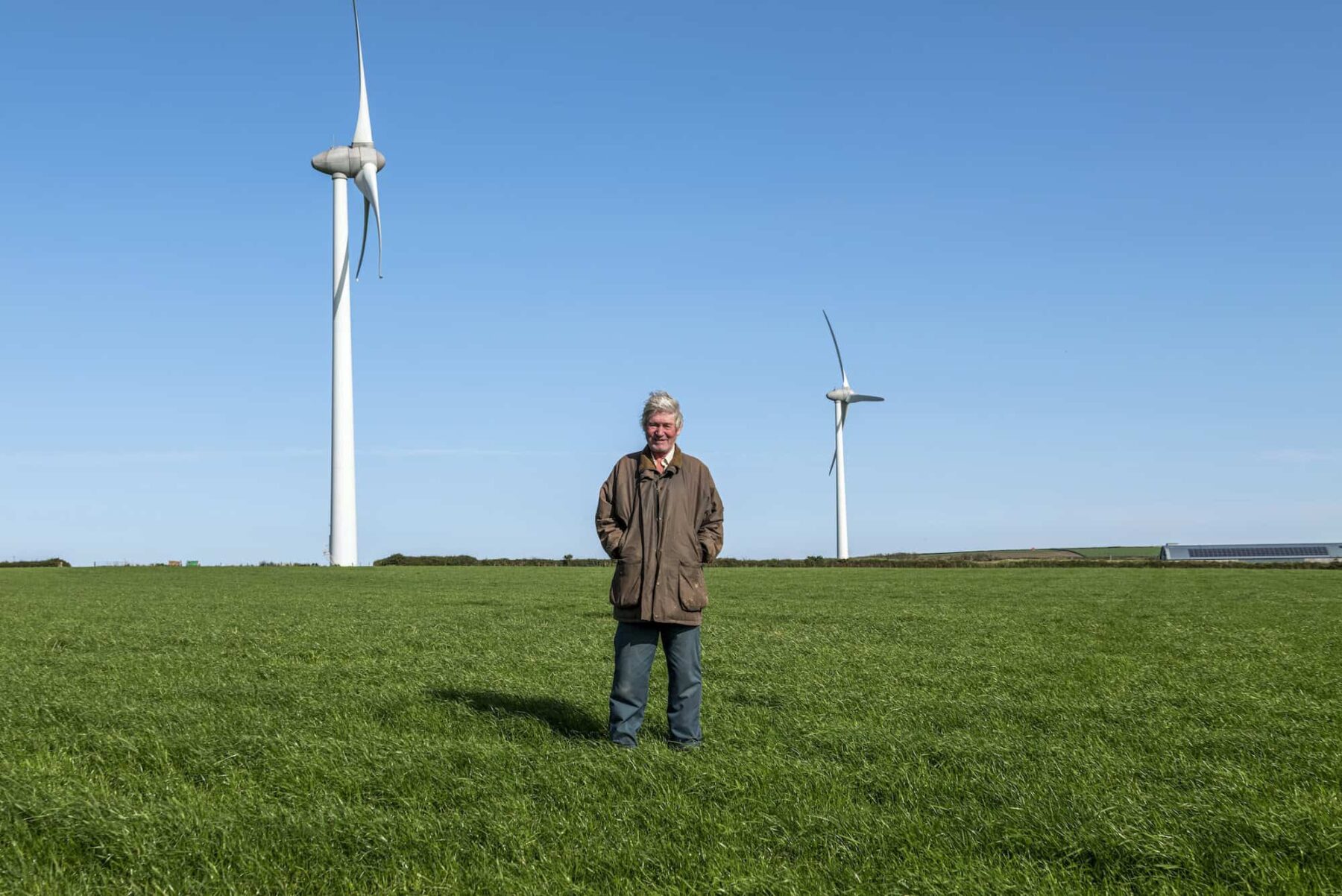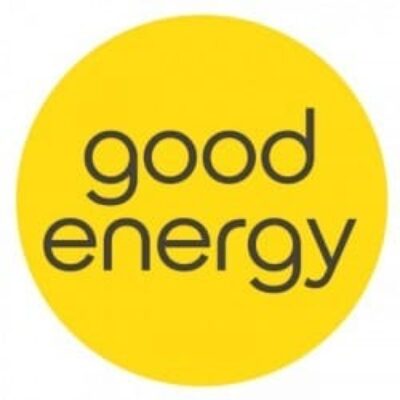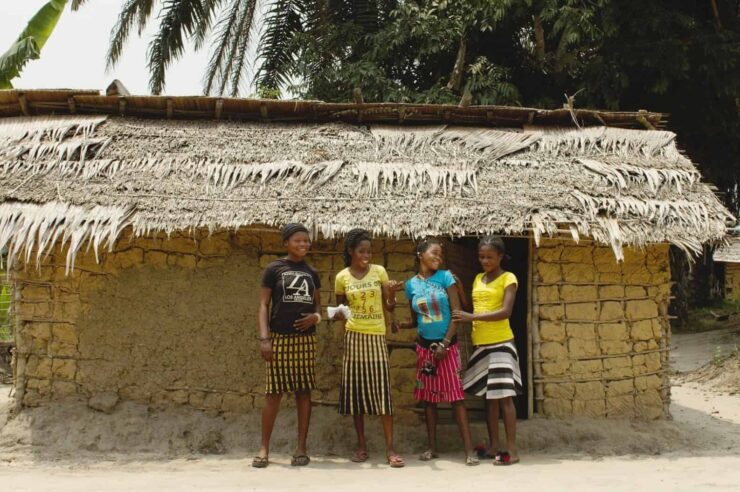It’s been three decades since the Edwards family launched the Delabole wind farm – so how did they do it?
The Edwards’ farm lies in Delabole, one of the highest villages in Cornwall, close to the Celtic Sea. In the early 1980s, a gale tore off part of a barn roof – and so began a journey that would transform the family’s dairy business into the UK’s first commercial wind farm.
“Mum had been involved in protests against a proposed nuclear station in Cornwall,” says Martin Edwards, who established the wind farm with his father, Peter, and mother, Pip. “One day over breakfast [during a conversation about alternative energy sources], she said: ‘Why can’t we do something with this damn wind?’”
Pip’s remark set the family on a pioneering path that eventually led them, in 1991, to establish the Delabole wind farm. Today, Peter is often referred to as the ‘grandfather of the UK wind industry’, and last month Delabole celebrated its 30th anniversary. But reaching this milestone hasn’t been without its challenges.
First, there was no wind industry in the UK in the 1980s, so the Edwards’ effectively had to build one from scratch. Inspired by the idea of generating power on the farm, Peter arranged a visit to Denmark, then a world leader in wind turbines.
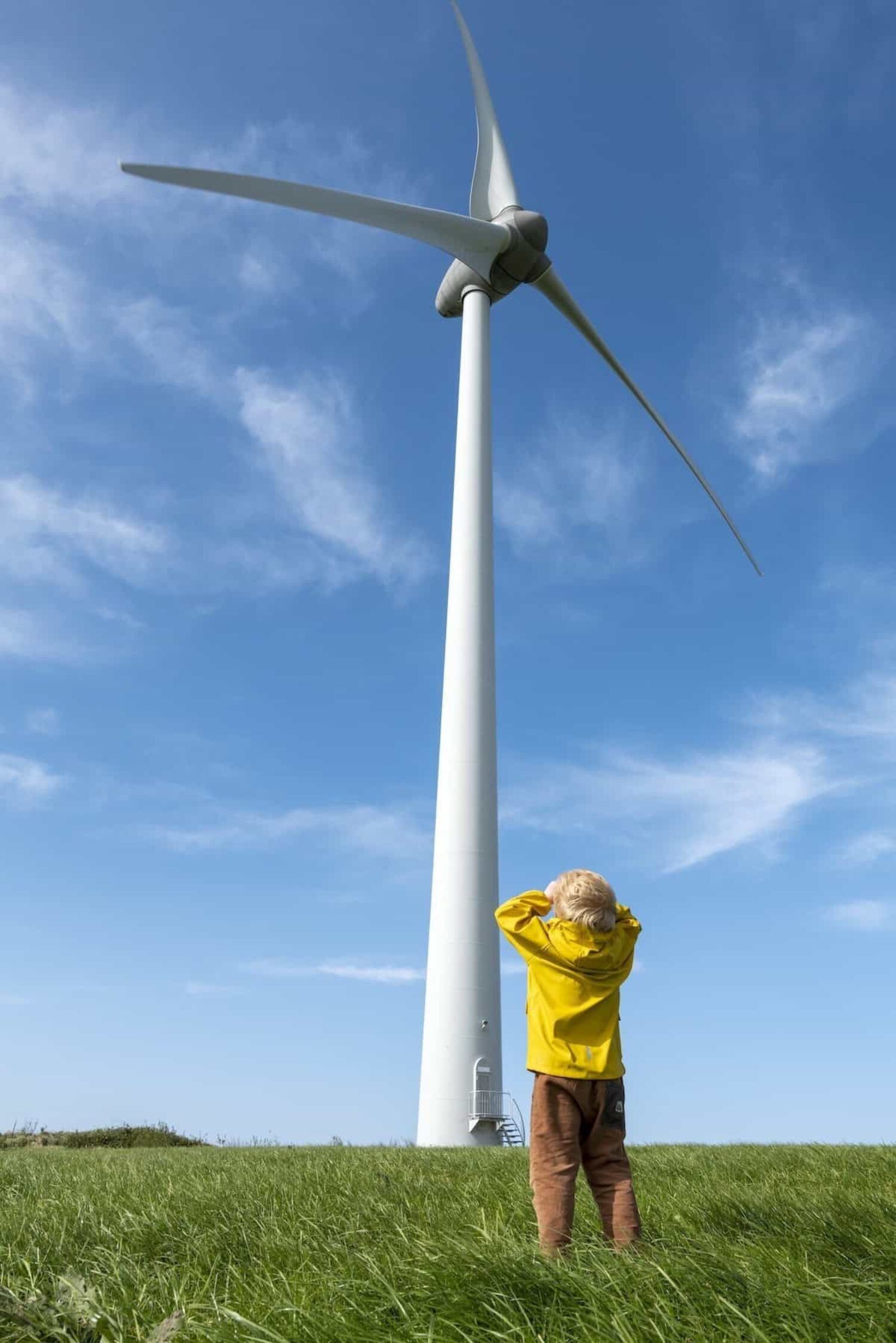
In an unusual twist, the Delabole wind farm became something of a tourist attraction. Image: Good Energy
“There were literally hundreds of manufacturers at that point. Every little engineering works was designing and building wind turbines, most of which didn’t work very well,” says Martin, speaking about what his father witnessed. “But investment was just getting going.”
Peter was encouraged by what he saw, and spoke to the then-South Western Electricity Board about installing a small turbine to help with the farm’s power demands. But when it became clear that connecting it to the grid would entail a standing charge higher than the family’s current electricity bill – and that they would not be paid for any excess power fed back into the grid – the plan was shelved.
Nevertheless, the Edwards’ interest remained strong. By the mid-1980s, when it was obvious the UK energy industry was going to be privatised, “We thought…if they’re going to privatise it, they’ve got to allow private generation,” says Martin.
Turbine technology had improved by then, reaching power capacity of up to 250 kW, with better reliability. Over the next few years, the family developed a fresh plan for wind power generation at Delabole, and “by the time we put in for planning [permission], the turbine size had crept up to 400 kW.”
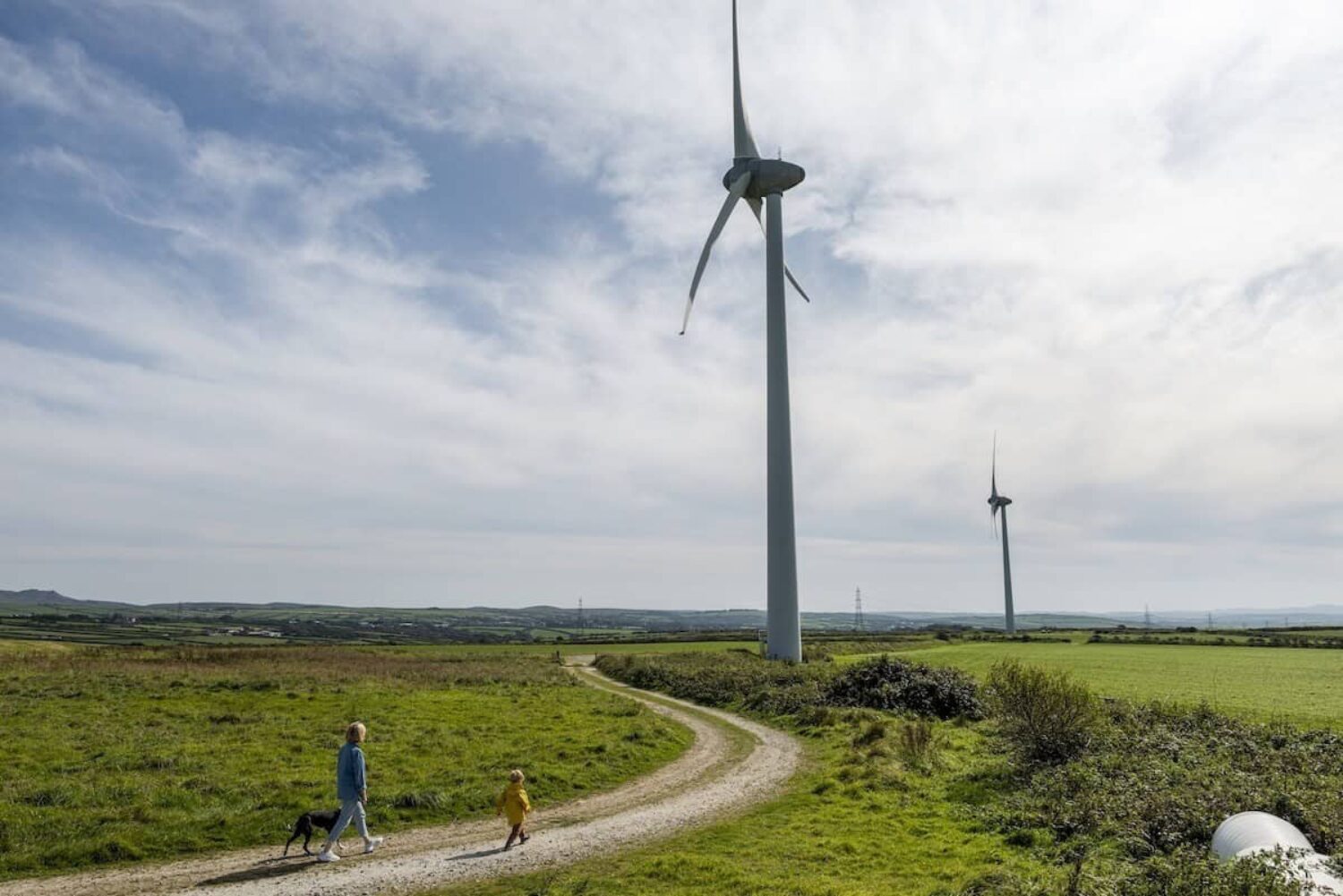
Today the wind farm produces enough green energy to power around 7,000 homes. Image: Good Energy
They decided to install 10 Danish-built, 400 kW turbines. “There were no consultancies or anything, even for the layout for the wind farm and things like that,” recalls Martin. And with no clear national system in place for wind energy generation, they still couldn’t be sure whether they would be able to sell their power either.
Then, partway through the planning process, the Non-Fossil Fuel Obligation was put in place. This required electricity distribution network operators in England and Wales to purchase electricity from nuclear power generators, which remained state-owned until 1995. “It was basically to support the nuclear industry after privatisation,” says Martin. “They couldn’t possibly compete in an open market.”
The operative word in the obligation was ‘fuel’, Martin explains. As wind power isn’t a fuel, it wasn’t eligible for the same level of support. But after much to-ing and fro-ing with the then-Department of Energy, the government eventually changed tack, and the Delabole wind farm began to look more commercially viable.
I said that within 20 years I reckon turbines will be offshore and at somewhere in the region of five to 10 MW capacity. I was thoroughly laughed at
“We managed to borrow £2.1m from the bank and went on from there,” says Martin, “and by 1991 we had everything up and running.”
As the first commercial wind farm in the UK, Delabole soon became a tourist attraction. To stop visitors from blocking the main road, the Edwards opened a car park and a small exhibition centre. Several years later, the Gaia Energy Centre was launched on the site, but closed a few years later due to funding problems. Today, renewable energy company Baleana has its offices there.
In 2002, the Delabole wind farm was sold to Good Energy, which replaced the existing turbines with four more powerful machines, more than doubling the total installed capacity of the site to 9.2MW. That’s enough power to provide around 7,000 homes with electricity. Martin, who sat on Good Energy’s board of directors for a time, says that turbine technology has “flown on” during the 30 years he’s been involved in the industry.
“I remember in about 1993, 1994, I got asked to do a talk for the Institution of Electrical Engineers,” he says. “Somebody asked me at the end where I saw turbines going in the future, and I said: ‘Well, within 20 years I reckon they’ll be offshore and at somewhere in the region of five to 10 MW capacity.’ I was thoroughly laughed at. But that turned out to be exactly where it’s gone.”
So, what predictions does he make for the future of wind and renewable energy in general? “Relatively small-scale solar and wind, in combination with battery storage, will slowly, totally transform how electricity is used, moved and generated in the UK,” he says. “It wouldn’t surprise me if the model of very large, centralised generation becomes a bit of a white elephant within 15 to 20 years.”
By which time, the Delabole wind farm will hopefully be celebrating its 50th anniversary.
Main image: Martin Edwards stands in front of the wind farm his family created. Credit: Good Energy
